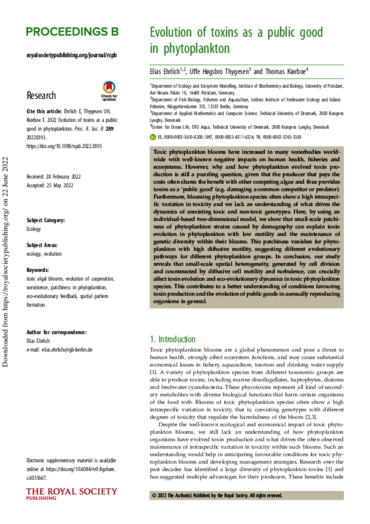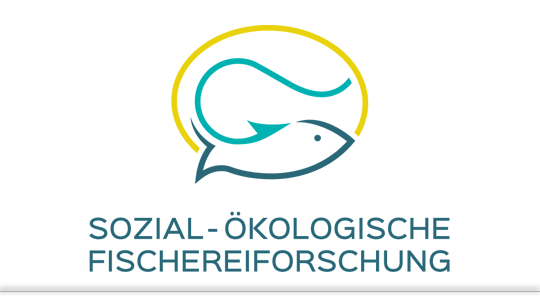Toxic phytoplankton blooms have increased in many waterbodies worldwide with well-known negative impacts on human health, fisheries and ecosystems. However, why and how phytoplankton evolved toxin production is still a puzzling question, given that the producer that pays the costs often shares the benefit with other competing algae and thus provides toxins as a ‘public good’ (e.g. damaging a common competitor or predator). Furthermore, blooming phytoplankton species often show a high intraspecific variation in toxicity and we lack an understanding of what drives the dynamics of coexisting toxic and non-toxic genotypes. Here, by using an individual-based two-dimensional model, we show that small-scale patchiness of phytoplankton strains caused by demography can explain toxin evolution in phytoplankton with low motility and the maintenance of genetic diversity within their blooms. This patchiness vanishes for phytoplankton with high diffusive motility, suggesting different evolutionary pathways for different phytoplankton groups. In conclusion, our study reveals that small-scale spatial heterogeneity, generated by cell division and counteracted by diffusive cell motility and turbulence, can crucially affect toxin evolution and eco-evolutionary dynamics in toxic phytoplankton species. This contributes to a better understanding of conditions favouring toxin production and the evolution of public goods in asexually reproducing organisms in general.
Evolution of toxins as a public good in phytoplankton
Rezensierter Artikel

Ehrlich, E., Thygesen, U. H., Kiørboe, T. 2022. Evolution of toxins as a public good in phytoplankton. Proceedings of the Royal Society B: Biological Sciences, 289, 1977, 1-9.
Veröffentlicht
: 2022
Erschienen in
: Proceedings of the Royal Society B: Biological Sciences, 289, 1977, 1-9
